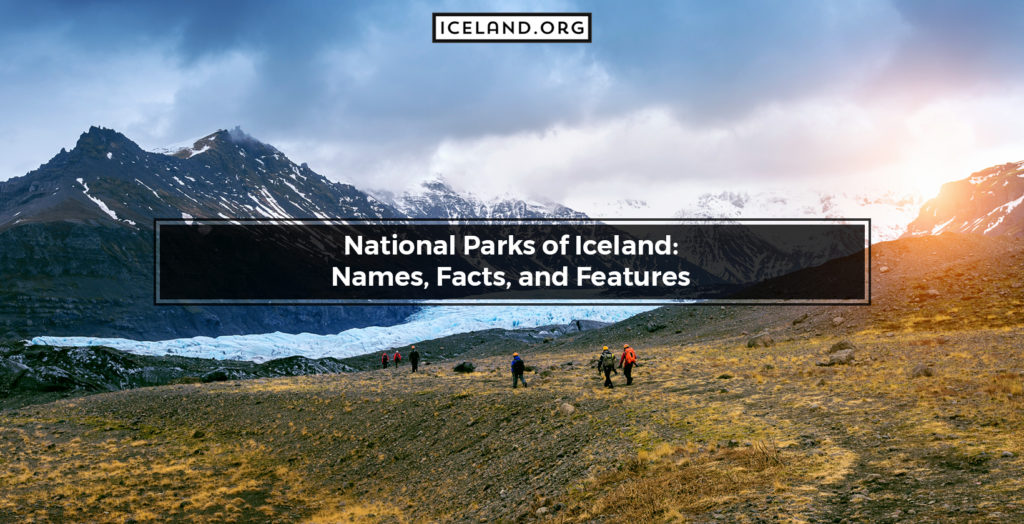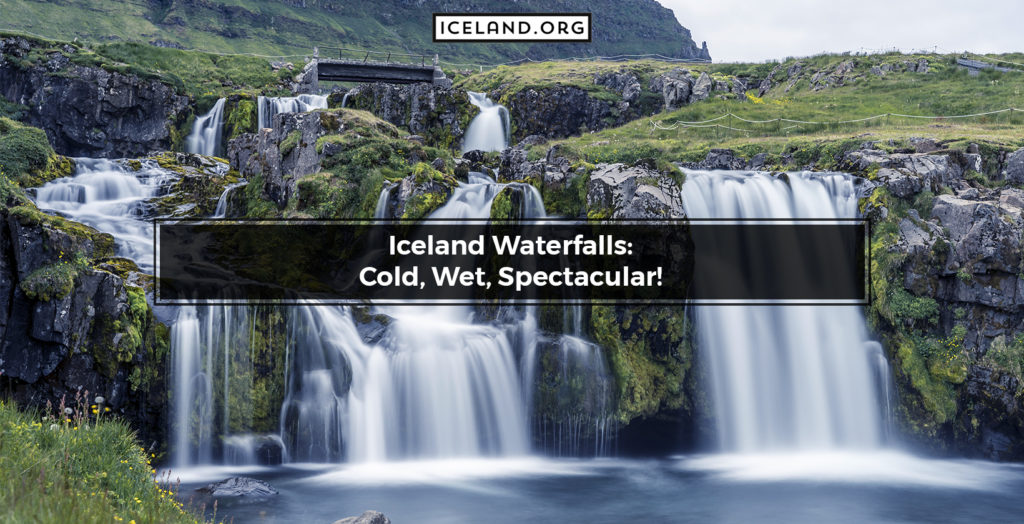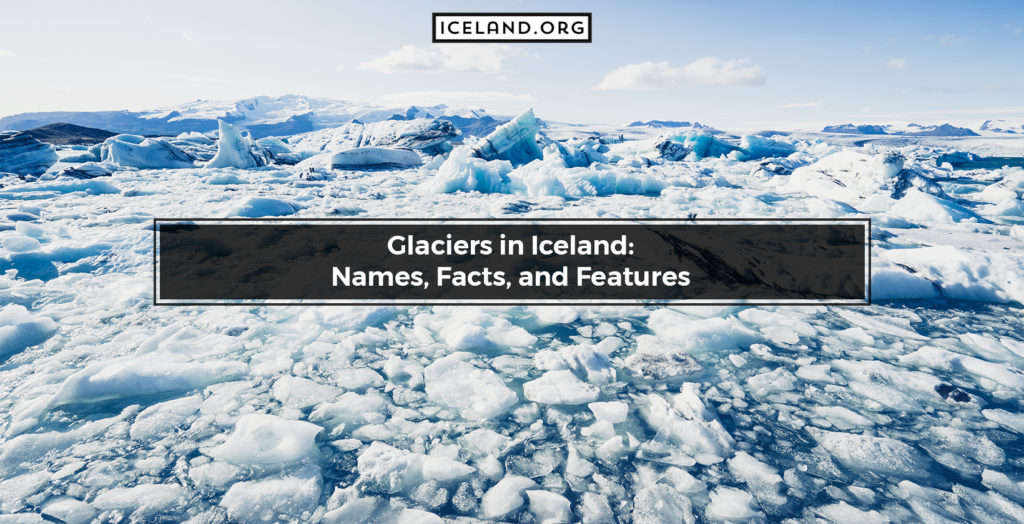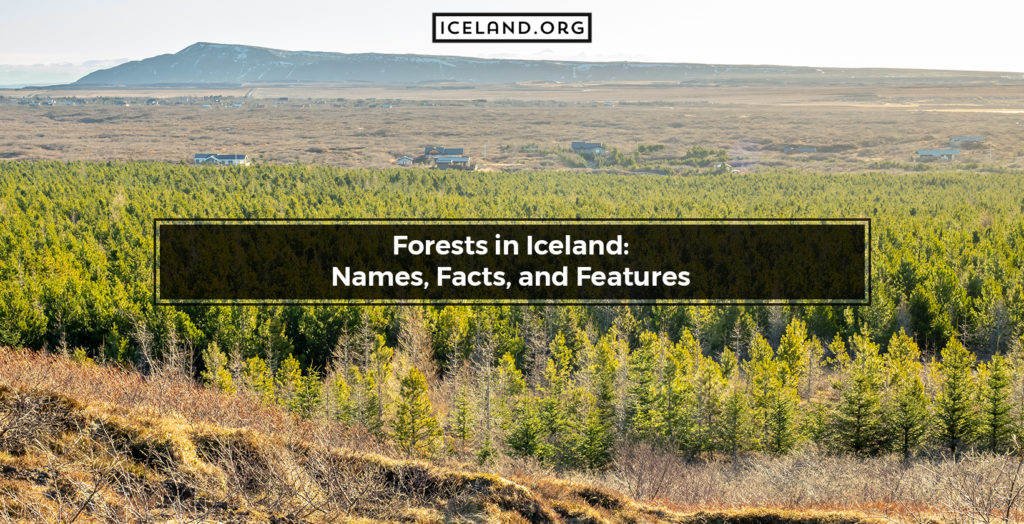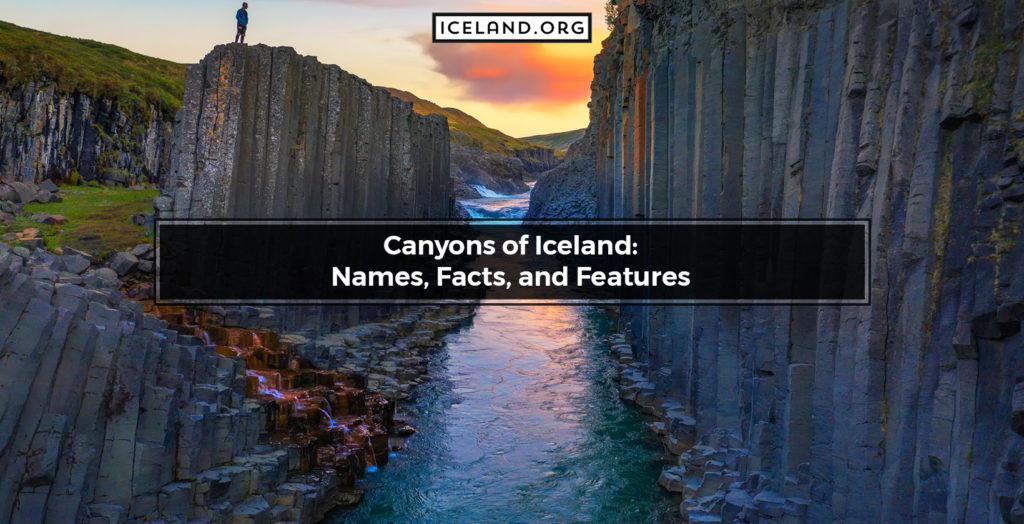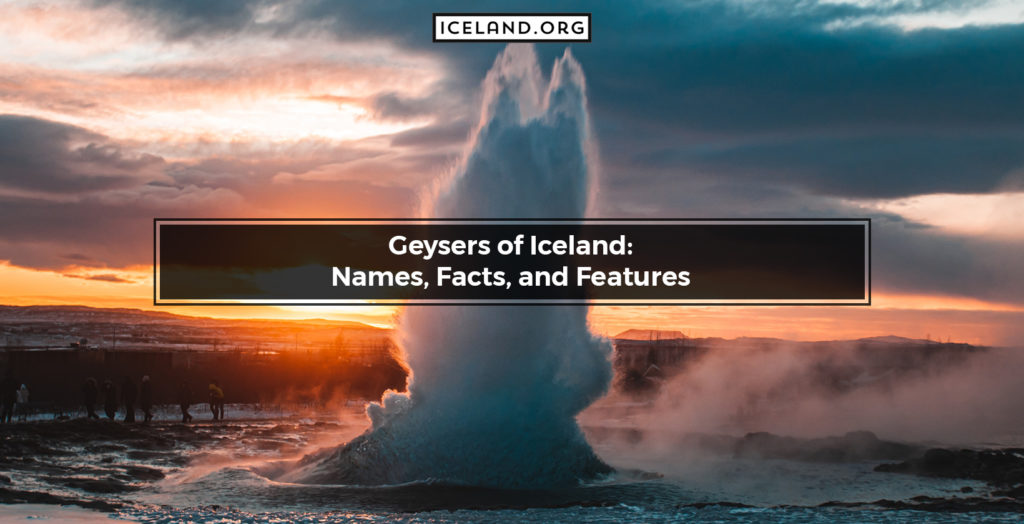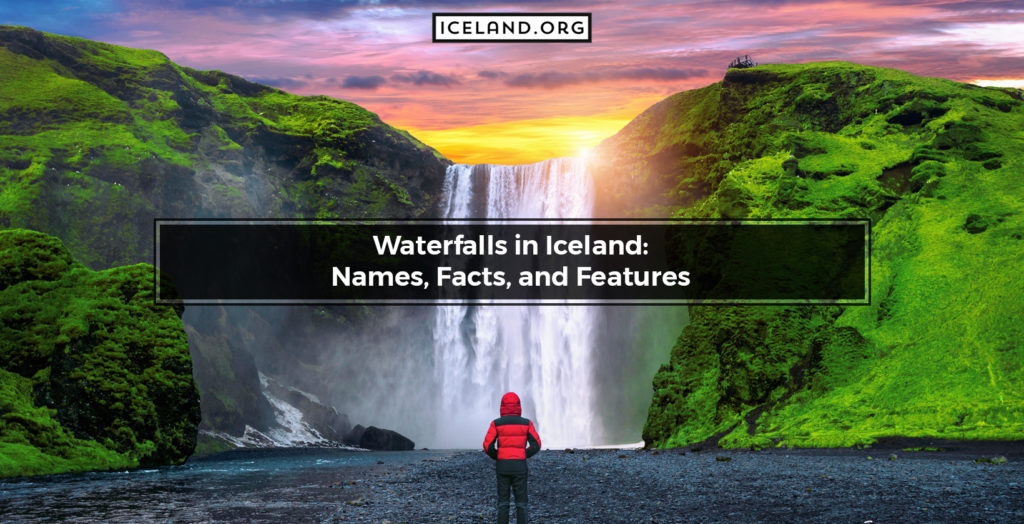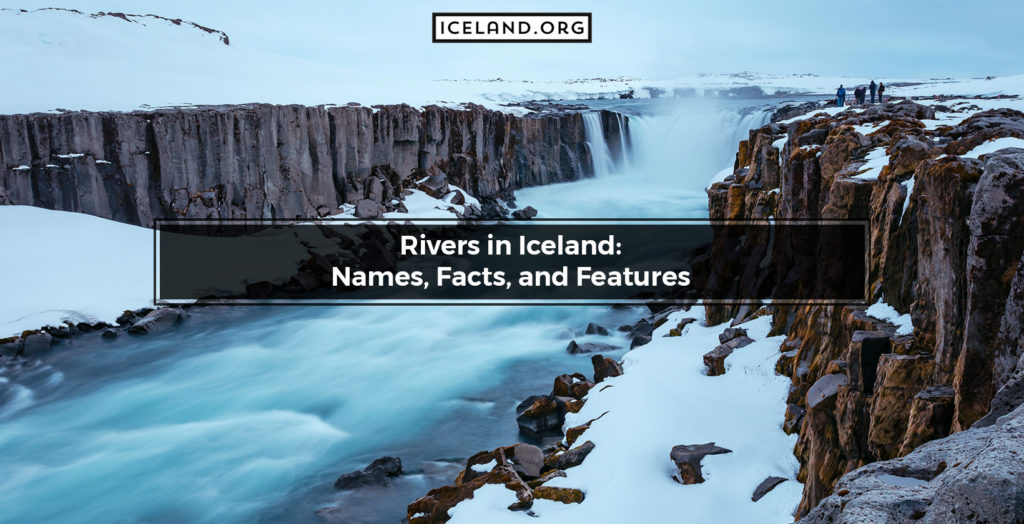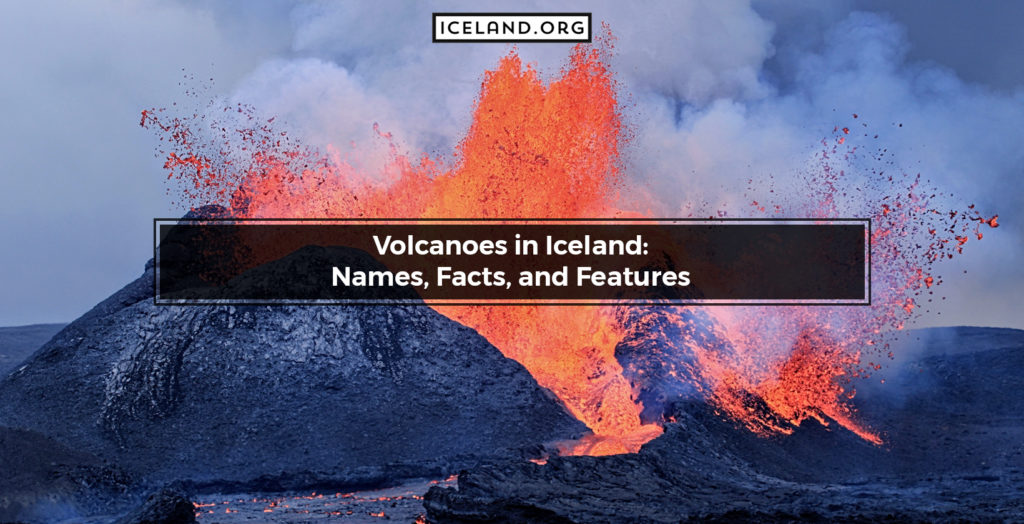Iceland is a small island with several national parks and natural reserves. To be more precise, Iceland has three national parks, Snæfellsjökull, Vatnajökull, and Þingvellir. In the past, it had five national parks, but in 2008, the Jökulsárgljúfur and Skaftafell parks were merged with the Vatnajökull National Park. As for natural reserves, iceland has four. Both the national parks and reserves feature breathtaking landscapes and unusual landforms like mountains, volcanoes, lava fields, glaciers, waterfalls, geysers, hot springs, etc. They also have booming plant life and diverse wildlife. All of the Iceland national parks and reserves are popular destinations offering a variety of activities, from hiking to sport to animal watching.
Here is a list of the National Parks in Iceland:
- Snæfellsjökull (170 square kilometers)
- Vatnajökull (13.952 square kilometers)
- Þingvellir (240 square miles)
- Jökulsárgljúfur (18 square miles)
- Skaftafell (4.807 square miles)
- Hvalnes
- Thorsmork
- Breiðafjörður
- Fjallabak.
1. Snæfellsjökull
Snæfellsjökull National Park in Iceland is located in the west. The Snæfellsjökull National Park’s coordinates are 64.8057° N, 23.7731° W. Snæfellsjökull was established as a national Park in 2001. Portraying all of the country’s contrasting nature and striking landforms, Snæfellsjökull is popularly called “Iceland in miniature.” The hallmark of the Snæfellsjökull park is the 700,000-year-old glacier-capped stratovolcano. The Snæfellsjökull Volcano is so big that it can be seen from a distance of 120 kilometers. Snæfellsjökull houses two important and popular caves, Sönghellir (Cave of Song), in which sounds echo in an unusual way, and Vatnshellir, which leads to an ancient magma chamber. Other attractions in Snæfellsjökull include the black Djúpalónssandur Beach and the red Rauðfeldsgjá Cliff. Tours and Tour Guides for the Snæfellsjökull National Park in Iceland are available. There are tours offering hikes, cave visits, seeing waterfalls and volcanoes, as well as photography classes. Just outside the park, visitors can see Iceland’s most photographed mountain, Kirkjufell, which was also featured in the popular Game of Thrones series.
2. Vatnajökull
Vatnajökull National Park in Iceland is located in the southeast. The Vatnajökull National Park’s coordinates are 64.4220° N, 16.7902° W. Vatnajökull was established in 2008 when it was merged with Jökulsárgljúfur and Skaftafell. On 5 July 2019, it was declared a World Heritage Site. Today Vatnajökull is the largest national park in Iceland (covers almost 14% of its total area) and the second-largest national park in Europe (after Yugyd Va in Russia). Vatnajökull is named after its most prominent geographical feature, the majestic Vatnajökull Glacier (Water Glacier). With an area of 8.100 square kilometers, the Vatnajökull Glacier covers a whole world beneath, including the Grímsvötn and Bárðarbunga volcanoes. On top of the ice cap is Iceland’s highest peak, Hvannadalshnúkur (2109 meters). The unique and contrasting landscapes of the Vatnajökull National park are the result of various forces, including glacial ice, powerful rivers, erupting volcanoes, and geothermal activity. The latest attraction of Vatnajökull is Iceland’s tallest waterfall Morsárfoss (228 meters) which appeared in 2007. Other popular amenities are the glittering lagoon Jökulsárlón and the stunning Diamond Beach. Tours and Tour Guides for the Vatnajökull National Park in Iceland are available. As a natural heritage site, the park offers a lot of things to be seen, and they are all included in the tours together with hiking, cave exploring, and animal watching. In fact, exploring the natural ice caves is one of the most popular activities for tourists.
3. Þingvellir
Þingvellir National Park in Iceland is located in the south. The Þingvellir National Park’s coordinates are 64.2559° N, 21.1295° W. Þingvellir was established as a national park in 1930, thus being the oldest park in Iceland. Laying on top of the Mid-Atlantic Ridge, Þingvellir has historical, cultural, and geological value and in 2004 was declared as a UNESCO World Heritage Site. The Þingvellir National Park houses Þingvallavatn (Lake of the Parliament), Iceland’s largest natural lake. Within Þingvellir, there are many other natural attractions, such as the breathtaking rumbling Öxarárfoss Waterfall and the glacial scuba diving spot called the Silfra Fissure. Tours and Tour Guides for the Þingvellir National Park in Iceland are available. The tours include an array of activities from hiking to sightseeing and photography workshops. Þingvellir is part of the popular Golden Circle Tour and is only 40 kilometers away from Reykjavik. The Þingvellir National Park has many camping grounds and lovely hiking trails.
4. Jökulsárgljúfur
Jökulsárgljúfur National Park in Iceland is located in the north of the country. The Jökulsárgljúfur National Park’s coordinates are 65.9179° N, 16.5189° W. The park was established in 1973, but in 2008 it merged with Vatnajökull, and today it is its most northern part. Jökulsárgljúfur is named after the Jökulsá á Fjöllum River‘s canyon, which with its length of 25 kilometers, is the longest river canyon in Iceland. With depths up to 120 meters, it is also the deepest. Jökulsárgljúfur houses a series of waterfalls, including Selfoss, Dettifoss (Europe’s most powerful waterfall), Hafragilsfoss, and Rettarfoss. In Jökulsárgljúfur is the famous horseshoe-shaped Asbyrgi Canyon which, based on legends, is the hoof-print of Odin’s eight-legged, flying horse named Sleipnir. Another remarkable landform in the Jökulsárgljúfur National Park is the Rauðhólar Mountain which, as a result of iron oxidation, is strikingly red. Tours and Tour Guides for the Jökulsárgljúfur National Park in Iceland are available. Hikes are the most popular activity for tourists and allow seeing the most prominent attractions in the area. The visitors center of the park is located in Asbyrgi. Asbyrgi is open for visitors year-round, but in winter, due to the poor conditions, the visits can be limited.
5. Skaftafell
Skaftafell National Park in Iceland is located in the south. The Skaftafell National Park’s coordinates are 64.0704° N, 16.9752° W. Skaftafell was first established in 1967. However, in 2008 it was contributed as a wilderness area of the Vatnajökull Park. The hallmark landform of Skaftafell is Svartifoss (The Black Fall). The 20-meter tall waterfalls tumble over black hexagonal basalt columns resulting in a mesmerizing view. Other attractions in the Skaftafell National Park are the two monstrous glaciers, Skaftafellsjökull and Svínafellsjökull. Skaftafell has the rivers Skeiðará, Morsá und Skaftafellsá, the mountain Kristínartindar, the valley Morsárdalur, and the sandy wasteland Skeiðarársandur. In terms of plant life, the Skaftafell National Park is rich in birch, and when it comes to animals, it is full of Arctic foxes and dozens of bird species. Tours and Tour Guides for the Skaftafell National Park in Iceland are available. With many hiking trails, camping grounds, and natural attractions, Skaftafell is a popular destination for visitors and is open year-round. The agreeable climate and unusually sunny days during summer are in favor of attracting tourists. The most popular tours to the park include glacier hiking, ice cave exploration, and visiting waterfalls.
6. Hvalnes Nature Reserve
Hvalnes Nature Reserve in Iceland is located in the southeast. The Hvalnes Nature Reserve’s coordinates are 64.6958° N, 14.4233° W. The main features of Hvalnes are the mountain crags and peaks, crystal-clear ocean waters, and black sandy beaches. The stunning panorama of the Hvalnes Nature Reserve is enriched by the singing and colorful bird species. Tours and Tour Guides for the Hvalnes Nature Reserve in Iceland are available.
7. Thorsmork Nature Reserve
Thorsmork Nature Reserve (Thor’s Valley) in Iceland is located in the south. The Thorsmork Nature Reserve’s coordinates are 63.6807° N, 19.4826° W. Situated between Tindfjallajökull and Eyjafjallajökull, Thorsmork’s main landmarks are the jagged volcanic rocks, lichen-covered fields, and icy glacier outlets. Based on Icelandic legends, Thorsmork developed when Thor smashed its hammer and pulverized the land in the area. Tours and Tour Guides for the Thorsmork Nature Reserve in Iceland are available. Glacier hikes, waterfall visits, and swimming in the Seljavallalaug outdoor pool are some of the most popular tours.
8. Breiðafjörður Nature Reserve
Breiðafjörður Nature Reserve in Iceland is located in the west. The Breiðafjörður Nature Reserve’s coordinates are 65.2500° N, 23.2500° W. Breiðafjörður includes various landforms such as mountains, volcanoes, fjords, and over 3000 islands, isles, and skerries. The coastal area of the Breiðafjörður reserve is rich in birdlife. Tours and Tour Guides for the Breiðafjörður Nature Reserve in Iceland are available. Seal and puffin watching are among the most popular activities for tourists.
9. Fjallabak Nature Reserve
Fjallabak Nature Reserve in Iceland is located in the south. The Fjallabak Nature Reserve’s coordinates are 64.0025° N, 19.1280° W. Fjallabak is marked by ethereal landscapes and wildlife. Lakes, rivers, lava fields, and hot springs are abundantly present in Fjallabak. Tours and Tour Guides for the Fjallabak Nature Reserve in Iceland are available. Hikes are popular, but where the terrains are challenging, it is best to go with a 4×4 vehicle. One of the most popular hiking tours is on the Laugavegur Route.
What are the facts about National Parks in Iceland?
As of 2008, Iceland has three National Parks. Before, there were five, but when Jökulsárgljúfur and Skaftafell were merged with Vatnajökull, the number fell down to three. In addition to the three national parks (Snæfellsjökull, Vatnajökull, and Þingvellir), Iceland has four natural reserves (Hvalnes, Thorsmork, Breiðafjörður, Fjallabak). The untouched landscapes and natural wonders are the hallmarks of Iceland’s national forests. Each year, they attract over 2.000.000 tourists.
What is the biggest National Park in Iceland?
Covering an area of 13.952 square kilometers, Vatnajökull is the biggest National Park in Iceland. Vatnajökull used to be smaller, but in 2008, it was merged with Jökulsárgljúfur (area of 18 square miles) and Skaftafell (area of 4.807 square miles) into one national park. However, Vatnajökull was Iceland’s biggest national park even before the merger.
What is the smallest National Park in Iceland?
The smallest national park in Iceland is Jökulsárgljúfur. Located in the northern parts of the island, Jökulsárgljúfur covers a small area of only 18 square miles. However, the small size does not affect its beauty, as the Jökulsárgljúfur park features many natural wonders, including the country’s largest river canyon.
What is the oldest National Park in Iceland?
Established in 1930, Þingvellir is the oldest National Park in Iceland. Þingvellir is a medium-sized national park located in the southern parts of Iceland. It is part of the famous Golden Circle and one of the favorite attractions among tourists.
What is the prominence of National Parks for Iceland Geography?
National Parks have a positive impact on Iceland’s geography. Namely, being protected areas, Iceland’s three national parks (and the country’s four natural reserves) prevent certain areas from being spoiled by modernizations and heavy industrialization, thus preserving their natural beauty and wonders. Plus, they allow wildlife and plant species to thrive adding to the country’s biodiversity.
What are the geographical features of National Parks in Iceland?
Iceland’s National Parks are unique in terms of geographic features. Þingvellir, the Geysir national park Iceland features various geothermal areas, hot springs, and geysers. Þingvellir is also marked by the Iceland national park tectonic plates as it is divided by the Mid-Atlantic Rift. The national glacier park of Iceland or Vatnajökull features glaciers and ice caps.
What are the natural wonders that can be seen in National Parks in Iceland?
The National Parks include some of the Best Places to See in Iceland. These places are marked by their innate beauty and their contrasting surroundings. These are some of the natural wonders that can be seen in the National Parks of Iceland:
- Canyons
- Waterfalls
- Rivers
- Lava fields
- Volcanoes
- Glaciers.
Snæfellsjökull, Vatnajökull, and Þingvellir all feature these landforms. Which National Park will tourists visit depends on convenience, weather, and personal preference.
What are the National Park Tours in Iceland?
Natural Park Tours in Iceland are popular. There are tours and tour guides for all three of Iceland’s National Parks. Each tour is different in terms of length and type of included activities. Some tours include photography workshops, others focus on observing wildlife in its natural habitat, and there are those including leisure or strenuous hiking and adventurous activities. The starting price point of such tours is $40. However, depending on what is included, there are tours with price tags of over a few hundred dollars.
Which National Park of Iceland does Contain the Golden Circle?
The Golden Circle includes the Þingvellir National Park. The Golden Circle is defined as a three-stop daily tour that includes three popular attractions: the Thingvellir National Park, the Gullfoss Waterfall, and the Geysir Geothermal Area. Golden Circle Guided Tours are ultra-popular among both locals and tourists.
What Creatures do live in National Parks in Iceland?
Animals that live in Iceland or, better said, national parks include:
- Wild mammals
- Birds
- Insects
In terms of wild mammals, Iceland’s national parks are inhabited by Arctic foxes, minks, and field mice. Birds are more versatile and include several species such as redwings, redpolls, wrens, snipes, ptarmigans, golden plovers, meadow pipits, ravens, merlins, wheatears, and snow buntings. Finally, the national parks have unique and rich insect fauna.
Is Camping Legal in National Parks in Iceland?
Yes, Camping in Iceland is legal, but only in permitted (camping-designated) areas. Off-road camping and camping outside of the designated areas are illegal in all three of Iceland’s National Parks.
What are the entrance fees of National Parks in Iceland?
There are no entrance fees for the National Parks in Iceland. The only thing visitors need to pay for is parking. However, the parking fee applies to the Þingvellir National Park, while in the other two parks, everything is free of charge.
What is the effect of national parks on the Iceland Economy?
National Parks impact Iceland’s Economy on several levels. The most important effect of Iceland’s National Parks is the attraction of visitors, thus supporting tourism as one of the main economic branches in the country. However, National Parks have certain downfalls. For example, as protected localities, they prevent certain areas from being industrialized and make transportation challenging as roads must be built around the parks.
